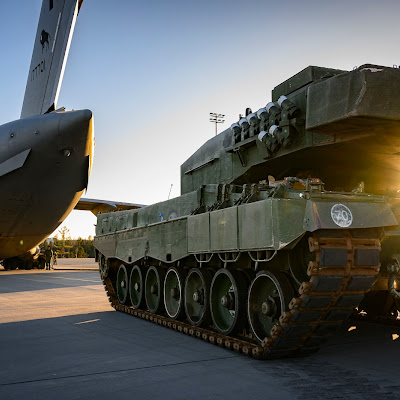The most recent developments of this secretive branch has been the introduction of so-called Surface Effect Ships (SES), stealth technology and even domestically produced Kh-35 missiles. The latter, a true game changer in the Korean peninsula, signifies the start of a new dawn for the Korean People's Army Navy.
A North Korean Kh-35 launched from Surface Effect Ship. Note the 76mm OTO Melara copy in the lower left in the second shot.
.PNG) |
North Korean Kh-35 canisters aboard the F-11 Aung Zeya. |
The domestic production of Kh-35s was first unveiled in early 2012, when imagery of a North Korean SES was released as part of a military documentary, showing racks used to mount four Kh-35 canisters. The recent surfacing of imagery of the Myanmarian F11 Aung Zeya class frigate confirmed that the missiles are produced by North Korea and actively exported to friendly nations, along with other naval assets.
Originally developed by the Tactical Missiles Corporation, the North
Korean missile differs in a few areas
compared to the original Russian Kh-35. Most notably, the canisters
have been extensively modified compared to the original Uran-E launcher.
The number of mounts for the stowage of
additional missiles has been increased to three and the canister has a
much cleaner look compared to the Russian canister. It also appears the
engine was modified, as is shown by the cone-shaped exhaust nozzle which
appears to be unique to the North Korea design. Lastely North Korea
appears to manufacture their own distinctly shaped mounting rack.
 |
Kim Jong-un walking in front of a quadruple mounting rack on one of the Surface Effect Ships. |
original Kh-35E is capable of destroying ships up to five-thousand tonnes at a maximum range of one hundred and thirty kilometres while under heavy electronic countermeasures. The missile enjoys a low signature due to its small size, sophisticated radar, sea-skimming capability and capability to resist the strongest of electronic countermeasures.
The indigenous Kh-35 missile, the Russian base variant of which is often regarded as the most cost-effective anti-ship missile in existence, is a huge improvement over other North Korean anti-ship missiles, and poses a massive threat to the navies of both South Korea and the United States due to its large range and countermeasure-defeating properties. While the measure to which it is deployed by the Korean People's Navy is as of yet unknown, the missile is likely used on a variety of newly produced naval platforms. This is certain to present a great challenge to opposing forces, and will definitely have serious implications on naval balance in the area.
The domestically produced Kh-35 is to form the spearhead of the Korean People's Navy striking power for years to come.
Recommended Articles:
North Korean Anti-tank Missiles In The Middle East
North Korean HT-16PGJ MANPADS In Syria

.png)





